KAZIMIERZ LEWANDOWSKI
Cross of Valour with two bars and Air Force Medal (Polish) with bar.
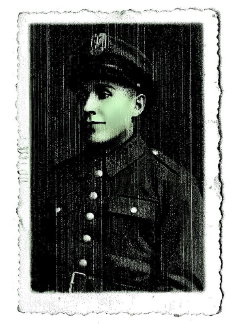
Kazimierz in pre-war cadet uniform of the PAF
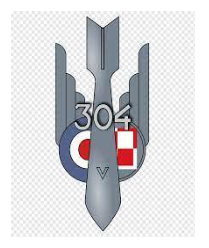
304 Squadron (Land of Silesia) Bomber Squadron
The following notes and some photographs have been kindly donated by Ronald J. Conway that has enabled us to compile this story. All copyright belongs to Ronald J. Conway and permission is required for any part to be copied. The Conway family reserve all rights to these materials for any publication including electronic media.
Prologue
Kazimierz was born on 24th February 1916 to Władsław and Maria (nee Ozimek) in Stanisławów in the Masovian Voivodeship to the east of Warsaw. He joined the Polish air force on 4th September 1937 and was trained as a fitter/ mechanic. After the September campaign he was evacuated to France before Poland surrendered on 6th October 1939 and like many Polish servicemen. His route is not known; however, it is most likely he went through Romania and then by ship to Marseilles in France. He was interned in France from 1st July 1940 until 14th August 1942 and most likely in one of the camps in Vichy France at either Marseilles, Lyon, Nice or Toulouse. It is not known which escape route he took since there were a number of organised routes into Spain and Portugal or by felucca to Gibraltar.
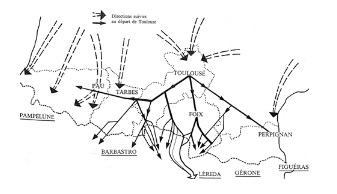
He re-joined to PAF in Britain on 14th August 1942.
Kazimierz’ Story
304 Squadron had been formed in the middle of August 1940 and started training on 22nd August at Bramcote in a Fairey Battle trainer. The squadron was made up of ‘French Poles’ who had arrived in Britain after the capitulation of France. Most of the officers and aircrew had been in the 2nd (Kraków) and 6th (Lwów) Air Regiments pre-war and commanded by W/Cdr. Jan Biały.
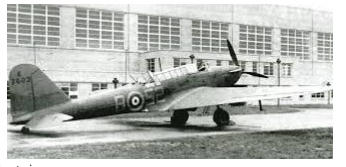
Fairey Battle - trainer
The squadron adopted the name "Ziemi Śląskiej im. Ks. Józefa Poniatowskiego" and assigned the code letters NZ.
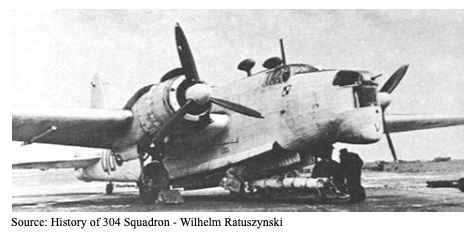
In May 1943 the PAF revised its structure, particularly the Polish Depot at Kirkham, Blackpool to meet the growing needs for pilots and aircrew. Kazimierz would have been screened and then allocated a unit after appropriate training as a ‘gunner’
The Squadron had been equipped with Wellington bombers (Wimpey) and for much of 1941 had largely been assigned to bombing or mine laying missions over Germany. In January 1942 the crews began a limited level of training on Lancaster’s, but on 7th May 1942 the squadron was transferred to RAF coastal command for anti-submarine duties possibly through the number of casualties inflicted on the squadron. The aircrew were assigned Wellington’s that had been adapted to long range duties and many aircraft were re-fitted with ASV anti-submarine radar (Radar Air to Surface Vessel) with an upgraded version introduced in the spring of 1943 by Coastal Command. In addition, aircraft became equipped with the ‘Leigh Light’ (L/L), a carbon arc searchlight (22 million candela) to help spot surfaced U-Boats during the Battle of the Atlantic. Coastal Command ‘Percussion’ patrols were over the Bay of Biscay and designed to keep submarines underwater to drain their batteries and either force them to the surface to be attacked or immobilise them. Aircraft would take-off in 30-minute intervals to provide 24-hour cover.
On 14th May 1942 the squadron was based on Tiree in the Hebrides on U-Boat patrols. Kazimierz joined the squadron when they were based at RAF Dale near Haverfordwest in Pembrokeshire. Their main duty was to patrol over the Bay of Biscay searching and attacking U-Boats and dodging patrolling Junkers Ju 88-night fighters variant.
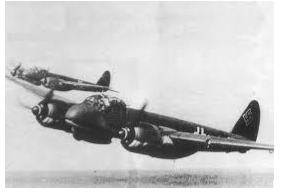
Junkers Ju 88C
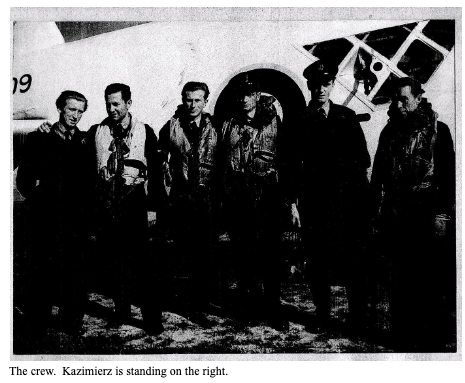
From 30th March 1943 the squadron was based at RAF Docking in north Norfolk and then posted on the 10th June 1943 to RAF Davidstow Moor, near Camelford Cornwall and flew Wellington Mk XIII fitted specialist radar equipment to hunt submarines. From 20th December 1943 they were based at RAF Predannack near Mullion Cornwall for just a few months before moving to RAF Chivenor on the 19th March 1944 still on anti-submarine duties. From 19th September 1944, they moved to RAF Benbecula in the Outer Hebrides to hunt submarines in the north Atlantic and then transferred to RAF St. Eval near Padstow back in Cornwall.
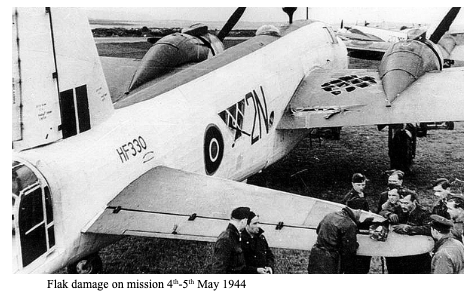
304 Squadron was part of Coastal Command and flew 2,451 missions with 19 aircraft lost and 69 aircrew KIA. The squadron claimed 31 submarines attacked with 2 U-Boats sunk and 5 damaged.
As the war was drawing to a close, on 14th June 1945 the squadron was transferred to Transport Command at North Weald and operated a shuttle service using Warwick C.3s to Greece and Italy. From April 1946 until disbandment, flights within the UK were carried out in Halifax Mk. C.8’s converted to transports.
Operational Logbook
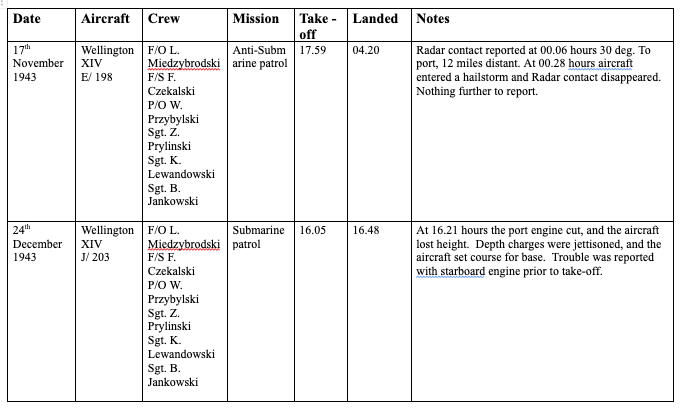
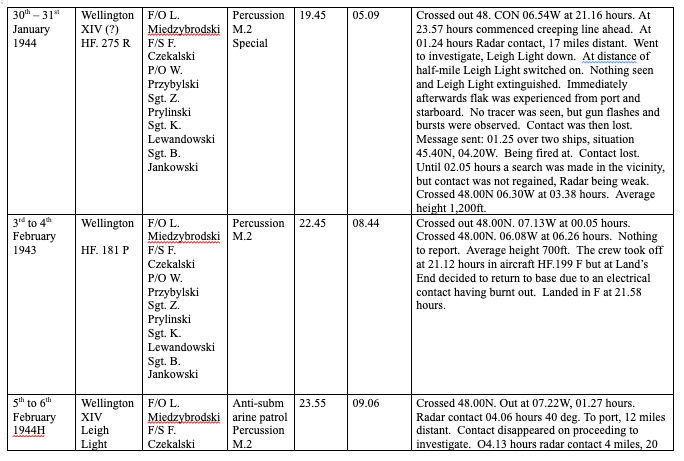
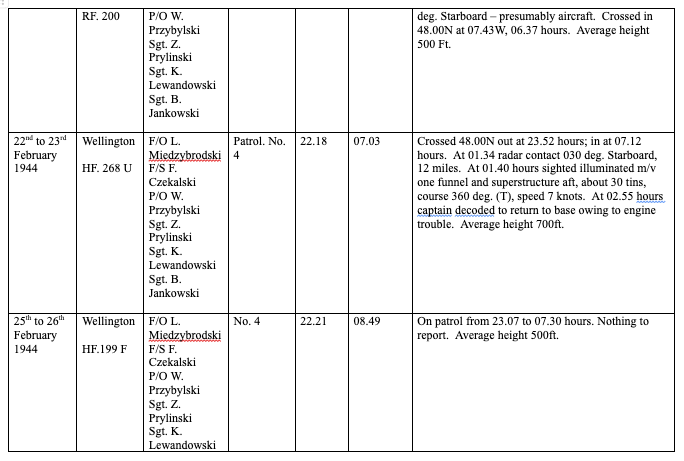
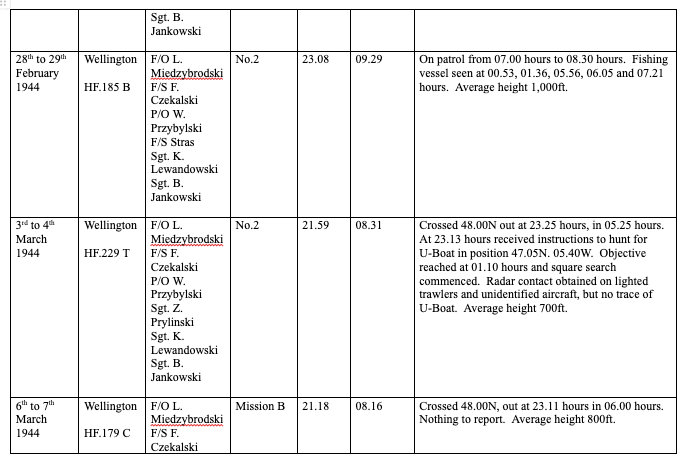
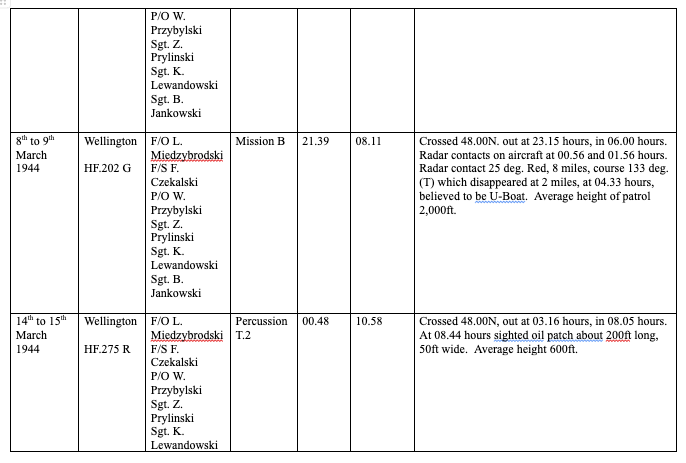
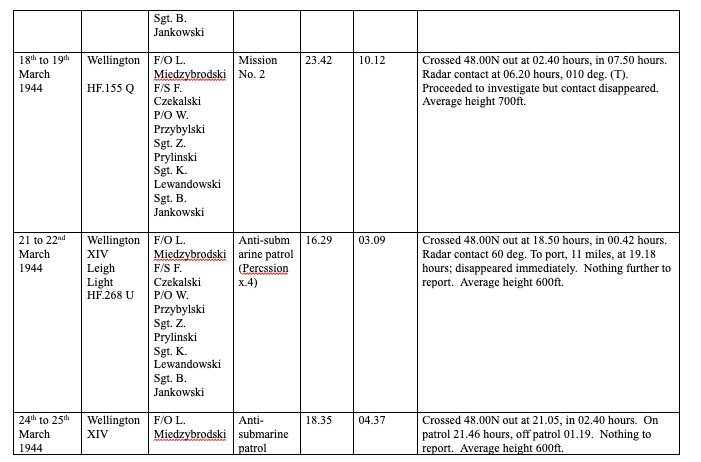
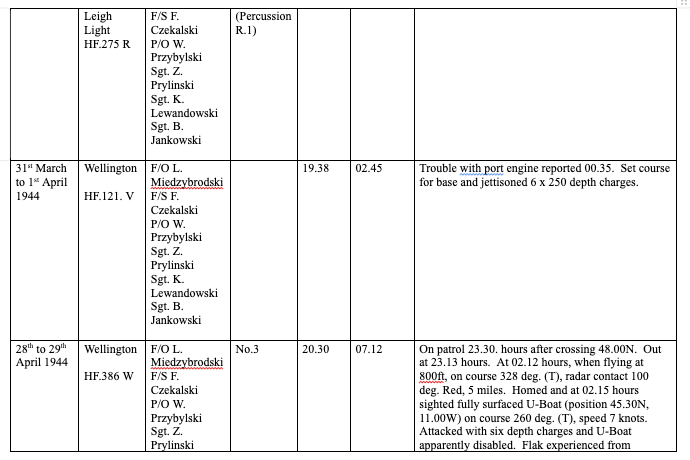
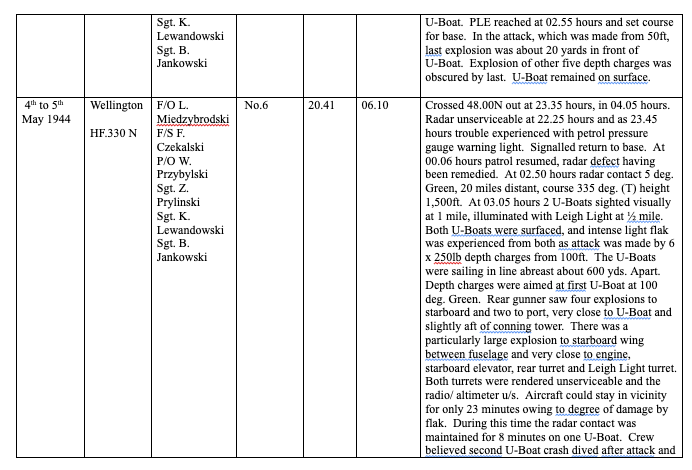
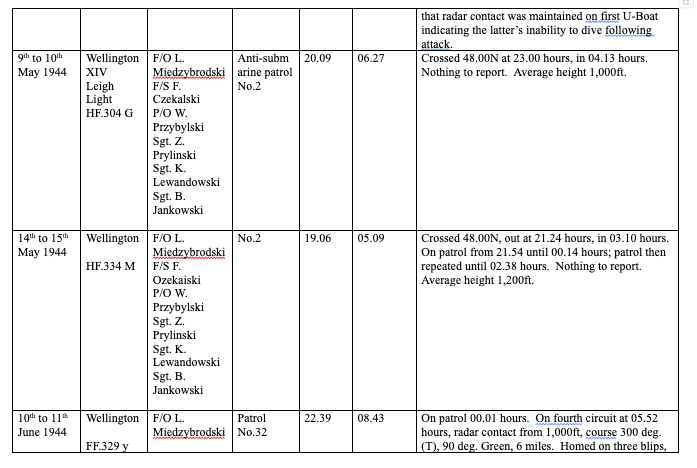
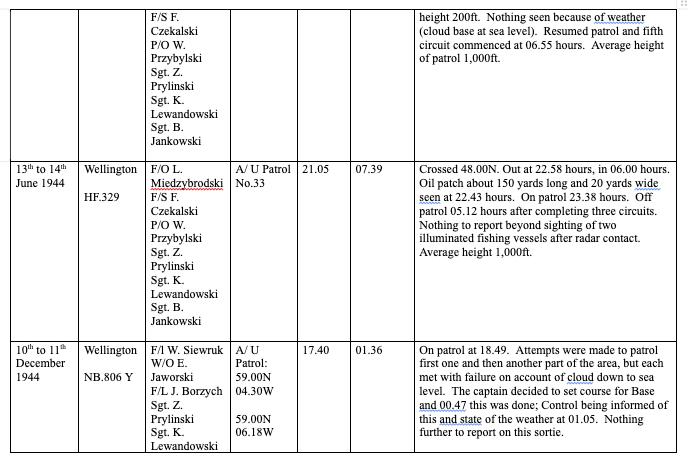
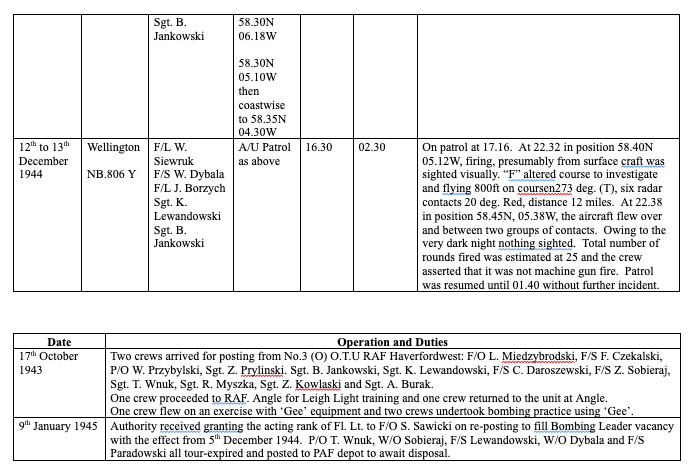
He married Winifred Strzaker in Fleetwood on 26th December 1945

Acknowledgements:
I would like to thank the following people who have assisted in compilation of this story:
Useful Resources:
Ward, C and Korcz, G. (2021) “RAF Bomber Command Profiles: 301, 304, 305 Polish Squadrons”, Bomber Command Books, UK.
http://www.geocities.ws/skrzydla/304/304Story.html
|